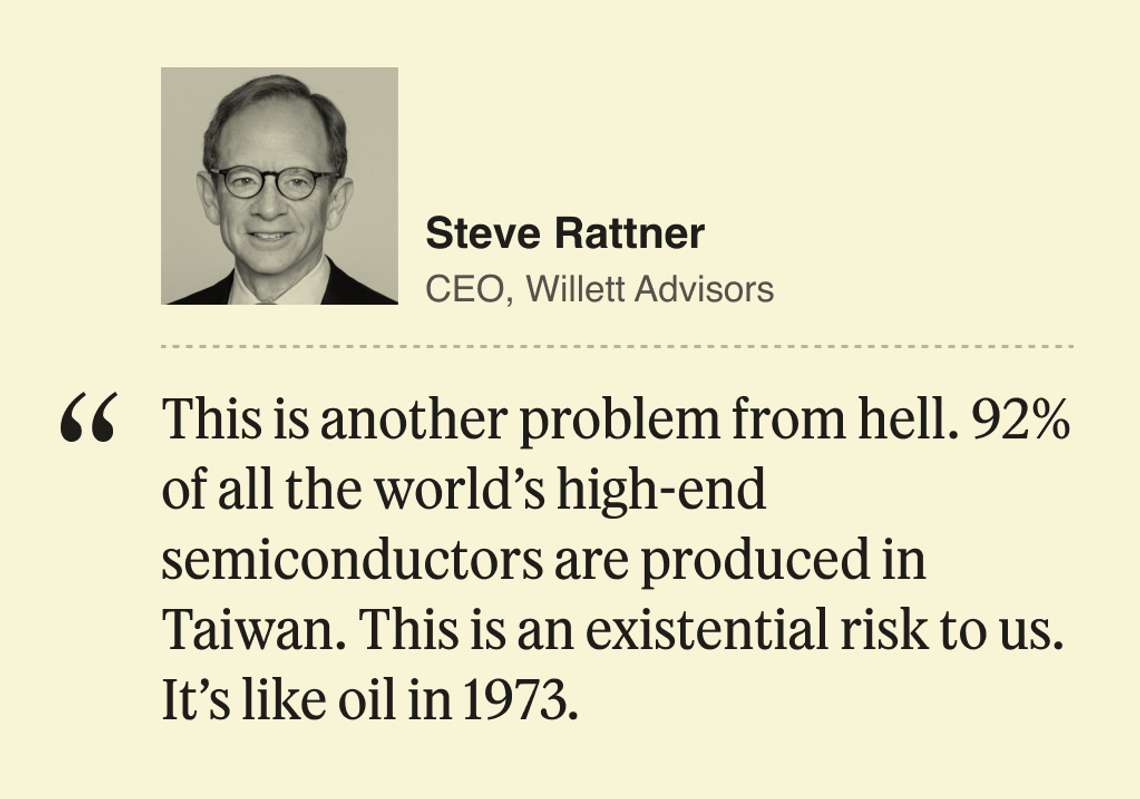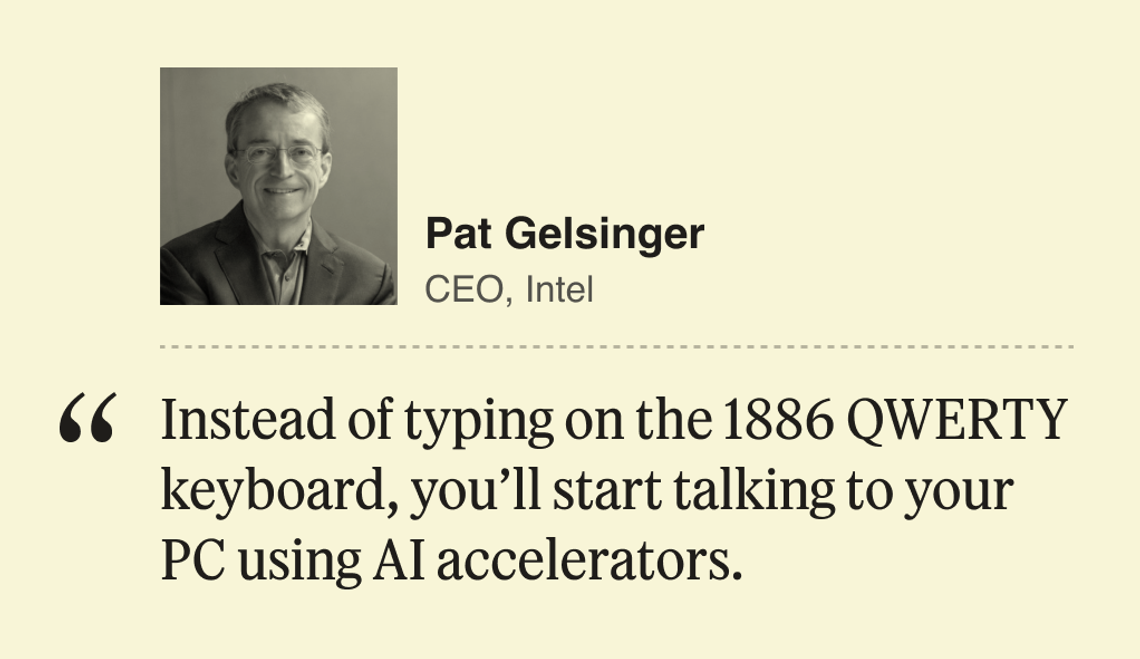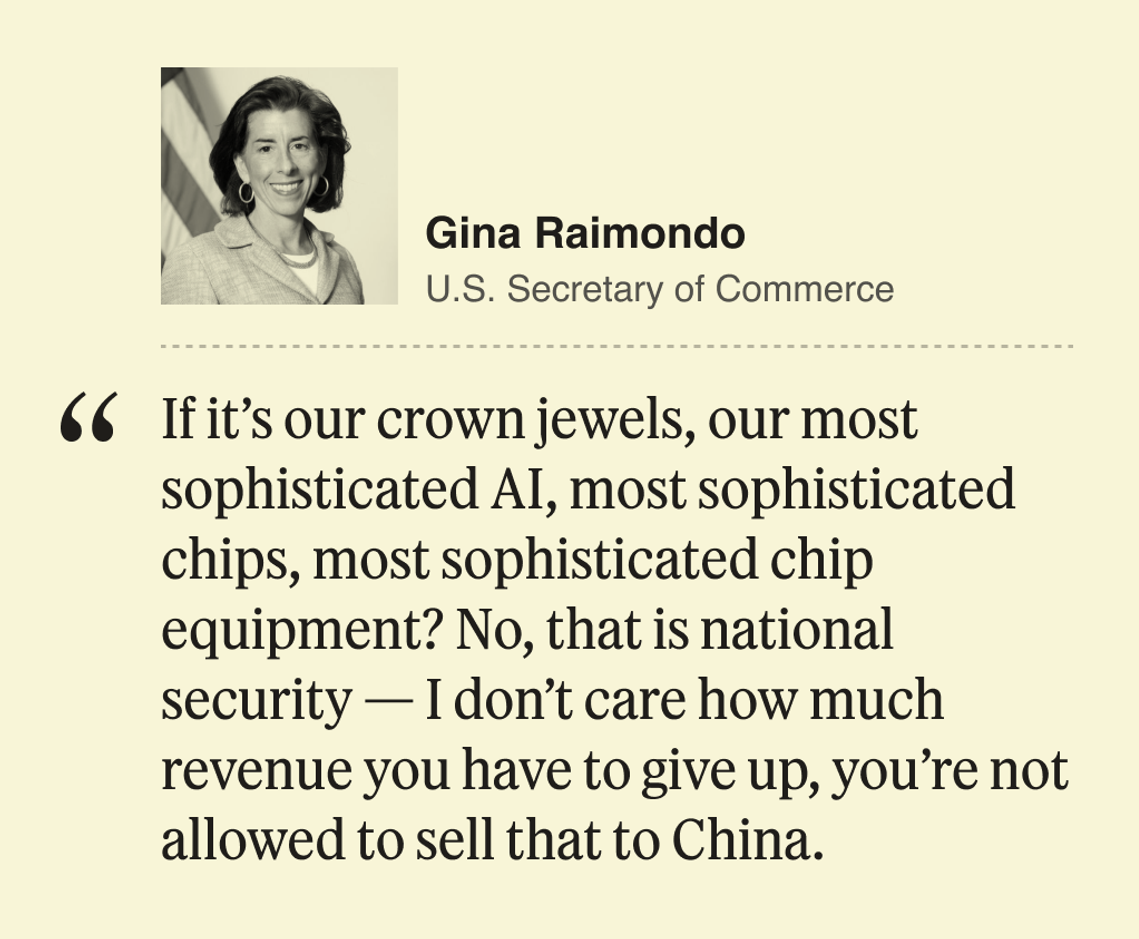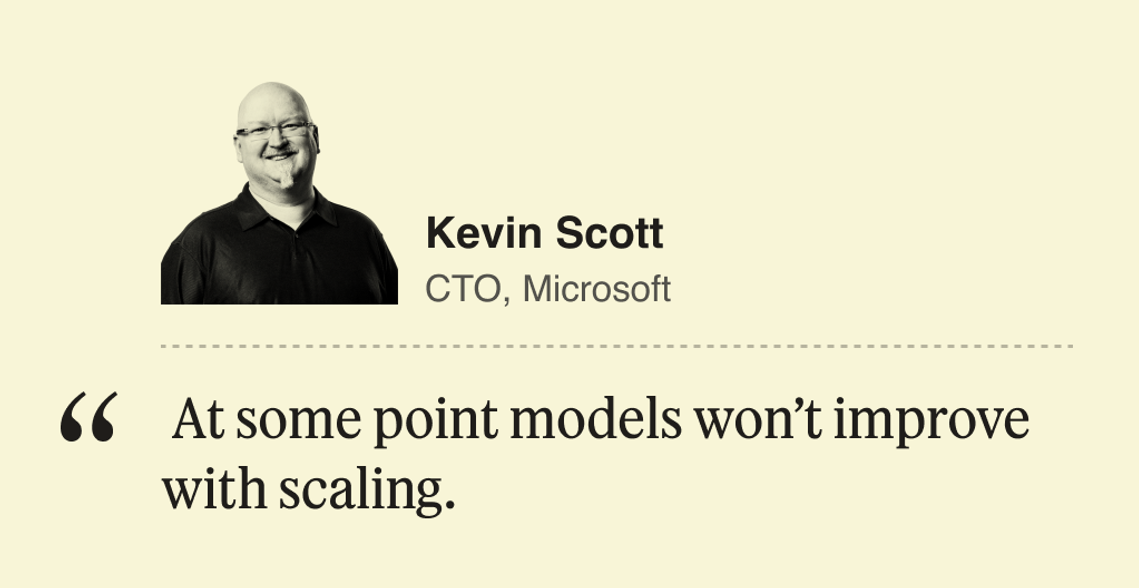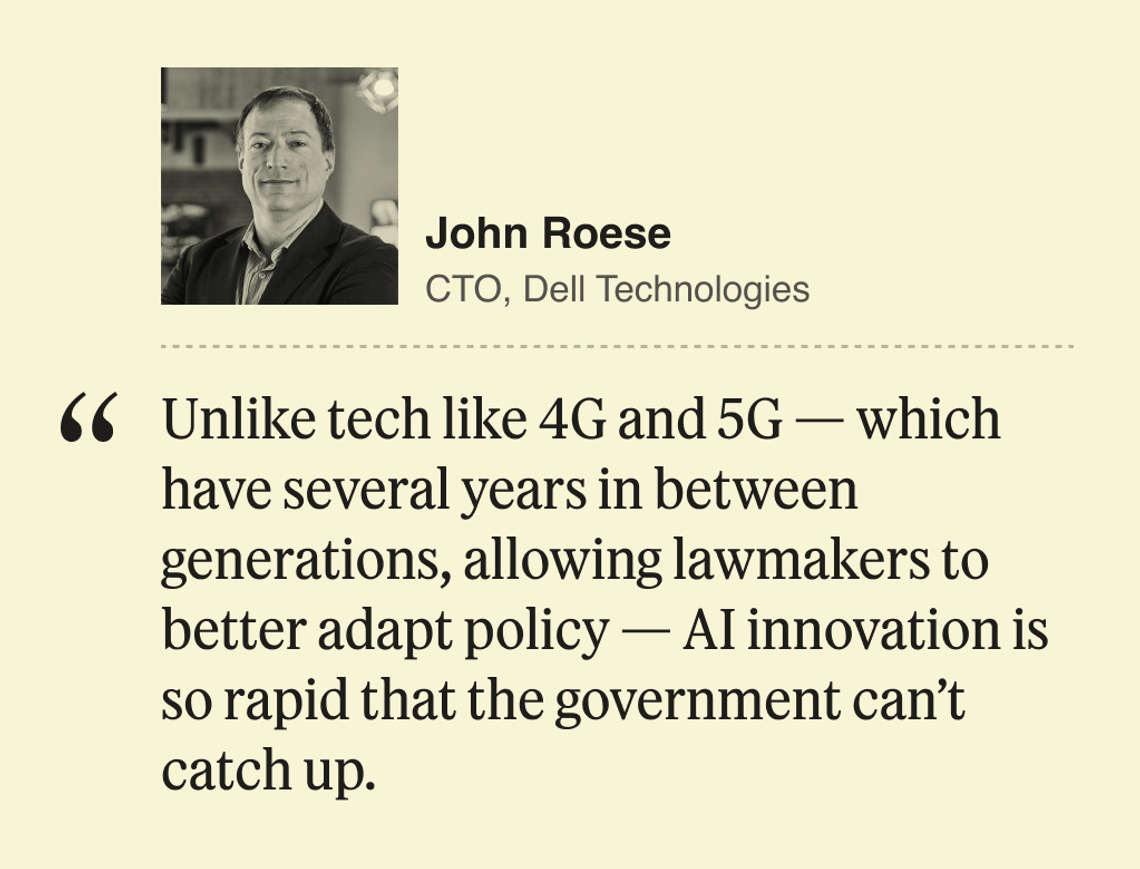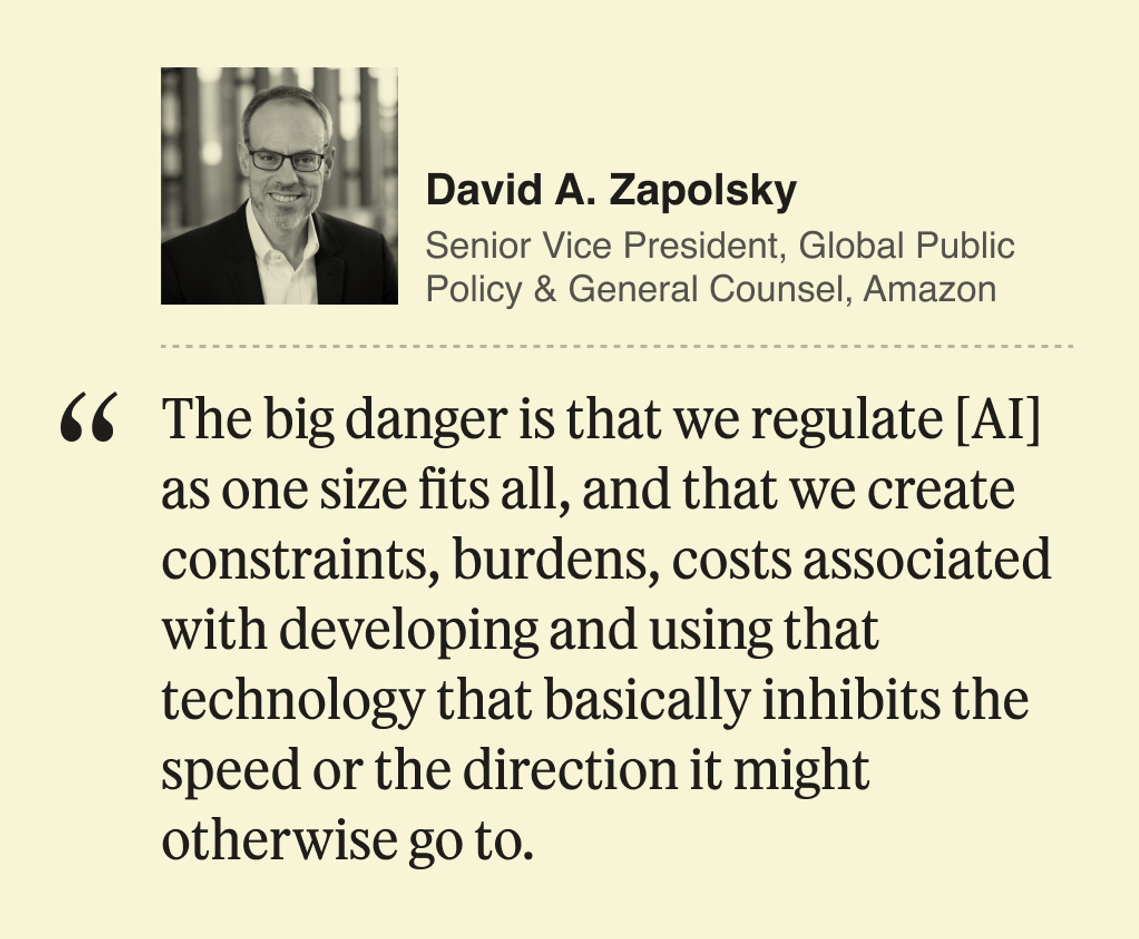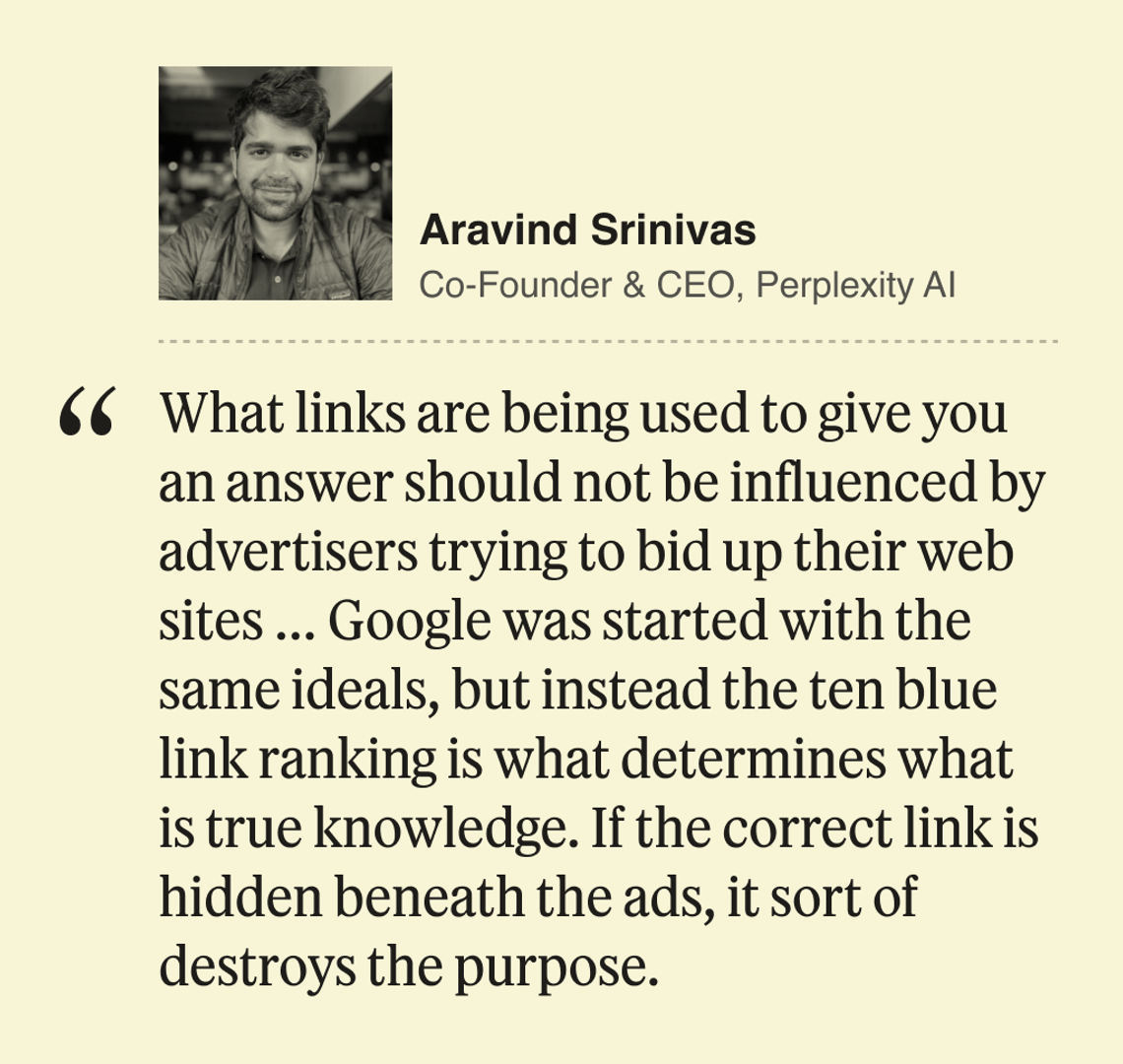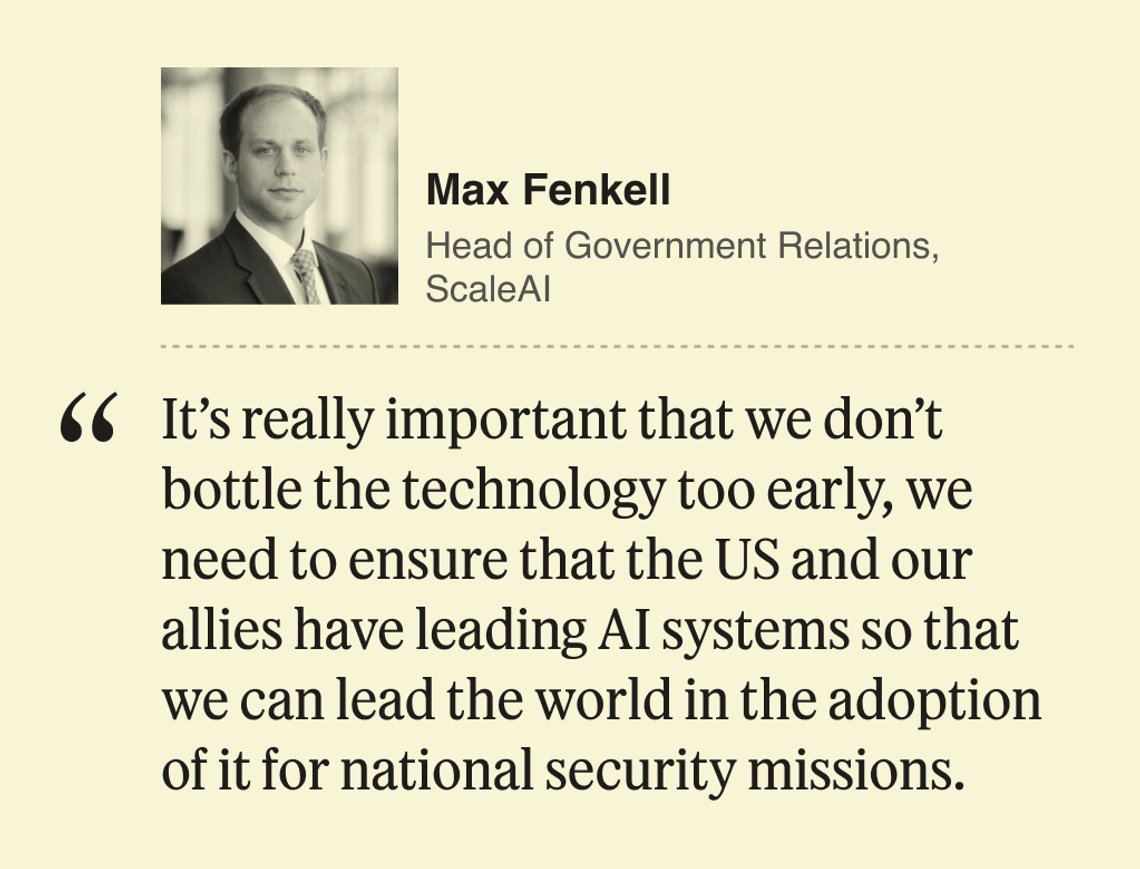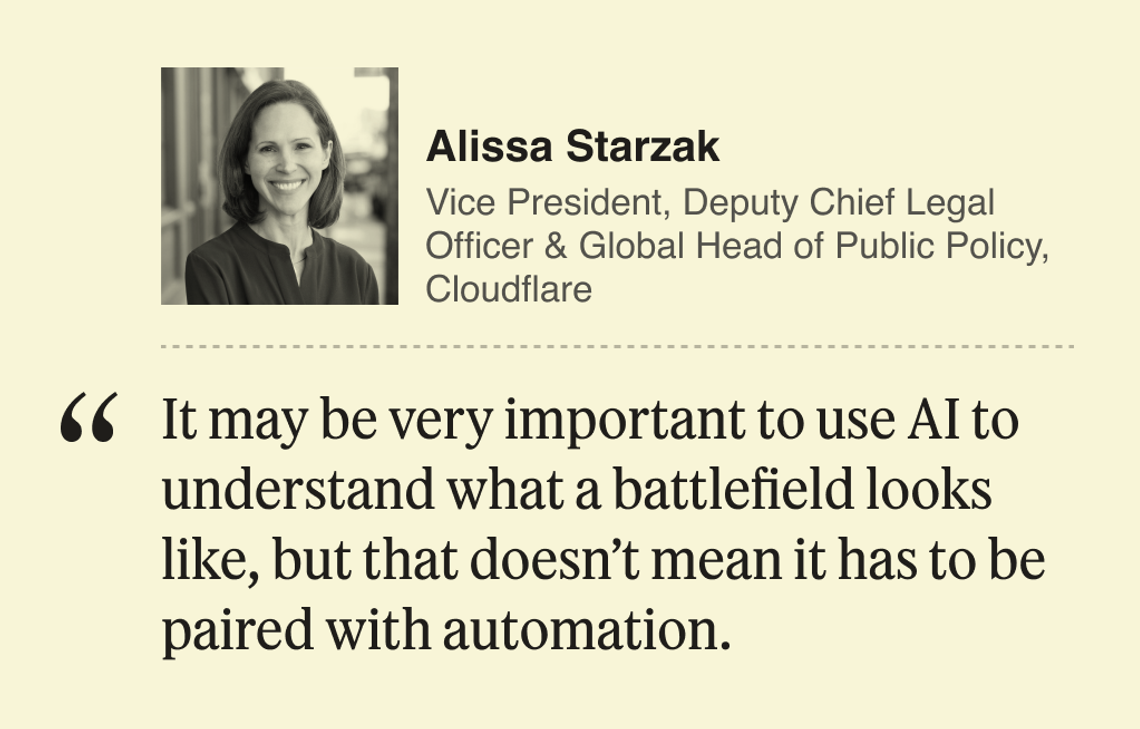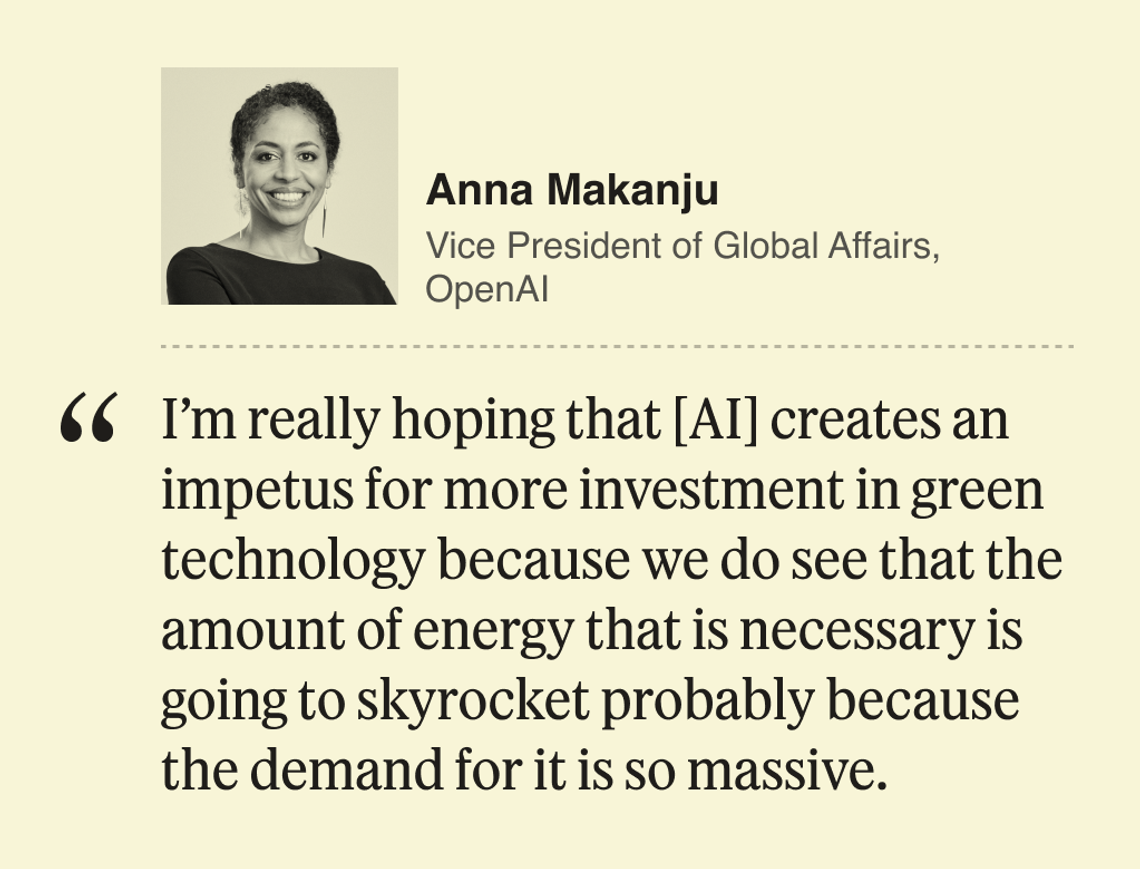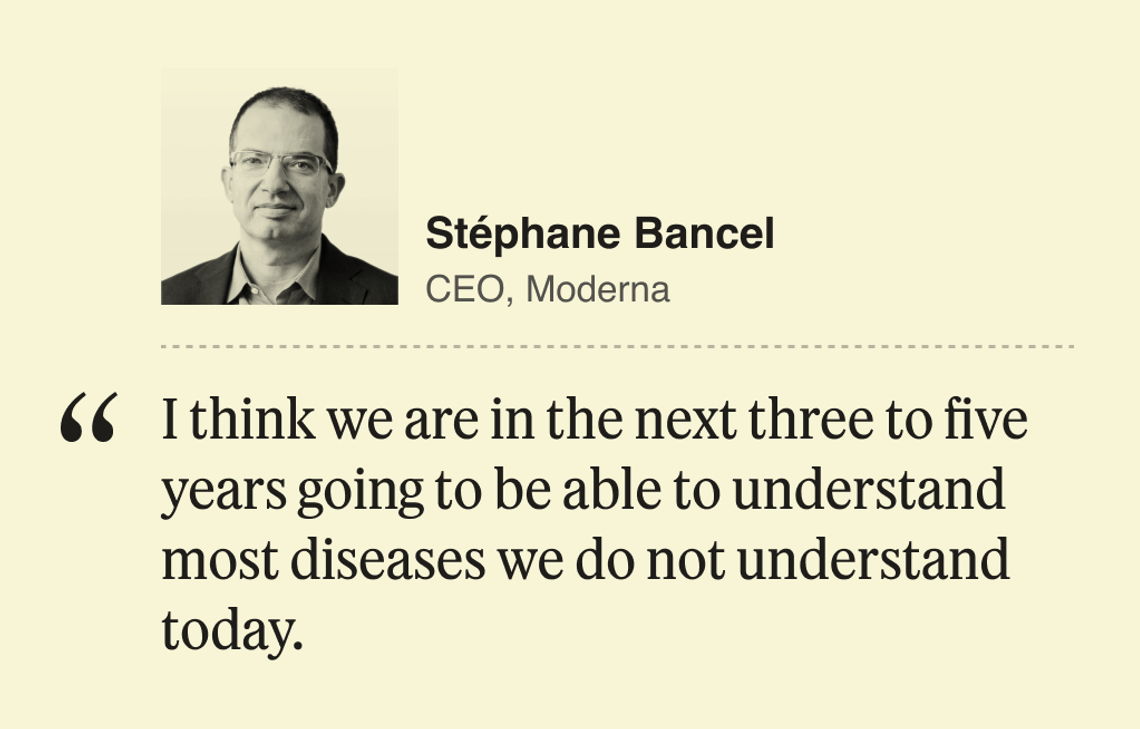| In today’s edition, we bring you highlights from Semafor’s World Economy Summit, where we were struc͏ ͏ ͏ ͏ ͏ ͏ |
 | Reed Albergotti |
|
Hi, and welcome back to Semafor Tech.
Katyanna and I spent the last two days at Semafor’s second World Economy Summit in Washington, D.C., a huge event, with more than two thousand attendees and top notch speakers across industry and politics.
I interviewed AI founders and the key White House tech official, and Semafor hosted a lunch with some of the most plugged-in tech policy executives in town. I came away from those conversations struck by the distance between the way D.C. thinks about tech, and the way tech thinks about itself. When it comes to AI regulation, it’ll be hard to bridge that gap.
Technologists love to turn to “first principles” to approach a problem, avoiding preconceived notions and starting from an intellectual blank slate. In Washington, the same problem is a matter of balancing citizens and companies, history and politics, to reach an acceptable outcome.
And so if you really listen to what people in Washington mean by “AI,” it’s not technology. It’s the question of whether a system that struggles to enforce existing laws and regulations can adapt them to a changing world.
One of the most-cited concerns is AI’s potential to perpetuate bias in areas like recruiting and hiring. But as Arati Prabhakar, director of the White House Office of Technology and Policy, told me on stage Thursday, we already have the Equal Employment Opportunity Commission and corresponding state agencies. A technologist might want to reshape the EEOC from the ground up. The government will instead, at best, press the existing structures to adapt.
I worry that instead of dealing with the fundamental problems in society, which automation software might exacerbate, we get a national conversation about the perils of “AI.” And while democracy is messy by design, it might help if regulators tried to think about first principles when it comes to this new frontier.
➚ MOVE FAST: Open models. Meta released the next generation of Llama foundation models this week and French startup Mistral plans to up its valuation to $5 billion, according to the Financial Times. Both Llama and many of Mistral’s models are open, so anyone can see more or less how they work and use them for free. ➘ BREAK THINGS: Closed stores. Apple has taken down WhatsApp and Threads from the App Store in China. It’s a stark reminder of how one of the most important companies to the U.S. economy is intertwined with a hostile nation, creating a complicated geopolitical dynamic that has ripple effects on the tech industry.  Hector Retamal/AFP via Getty Images Hector Retamal/AFP via Getty Images |
|
 Hyoung Chang/The Denver Post Hyoung Chang/The Denver PostA modified autonomous F-16 fighter jet running on AI software was pitted against human pilots in air-to-air combat tests for the first time. The U.S. Department of Defense Advanced Research Projects Agency has been developing AI dogfighting capabilities for years under its Air Combat Evolution (ACE) program. Previously, all experiments testing its autonomous flight algorithms against manned aircraft had been conducted virtually. In 2020, the software defeated a human pilot over a series of dogfights in a flight simulator. Now, the technology has advanced enough to operate in the real world. The autonomous fighter, named X-62A VISTA, was flown with two pilots aboard to monitor the autonomous aircraft as it practiced aerial combat maneuvers against another manned F-16 jet, getting as close as 2,000 feet at 1,200 miles per hour. In a media briefing, Col. James Valpiani, Commandant of the U.S. Air Force Test Pilot School, said that he couldn’t comment on whether Real life Maverick or his nemesis, the Drone Ranger, won. DARPA is working with several groups across academia and industry to build the software. The U.S. military believes that air defense will evolve from one-on-one dogfights to a pilot commanding a fleet of autonomous aircraft in the future. The Secretary of the Air Force Frank Kendall is set to fly the X-62A VISTA to test its capabilities soon. — Katyanna Quach |
|
 The number of commercial drone deliveries made by Zipline, a U.S. company, building the technology and infrastructure required to quickly send goods around the world. This marks an important milestone in drone delivery services, and Zipline is the first company to achieve such a feat. |
|
Meet Patent Drop, a bi-weekly newsletter that uncovers where tech titans (like Apple, Meta, Tesla) are investing their time and money by scouring the U.S. Patent & Trademark website. Stay ahead of the curve with proprietary news and analysis of innovation at its earliest stage. Subscribe for free today. |
|
 At Semafor’s World Economy Summit, Google DeepMind’s General Counsel, Tom Lue, said the company wants to figure out how to use AI to map the internal workings of a cell. In 2021, its AlphaFold model beat all other computational methods in an international competition testing the ability of algorithms to predict the 3D structure of a protein given its amino acid sequence. The victory was seen as a big win for AI and Google DeepMind, unleashing the technology’s potential to revolutionize drug discovery. In reality, AlphaFold is limited in its ability to help scientists develop new therapeutics, since it doesn’t model how proteins change shape as they interact with other molecules while carrying out a specific task in a cell. Lue said Google DeepMind researchers are now tackling that problem by modeling how proteins interact with one another with the goal of simulating a complete cell eventually. “AlphaFold was just the beginning,” he said. “What if we could complete the entire jigsaw puzzle, and map an entire cell to computationally understand disease, and deliver personalized medicine. There is tremendous potential if you can find a way to harness the technology through these kinds of methods to get a deeper understanding of science.” — Katyanna Quach |
|






